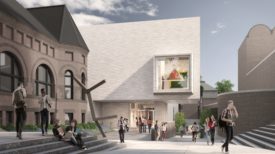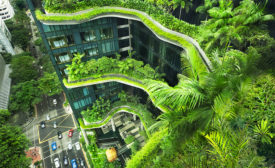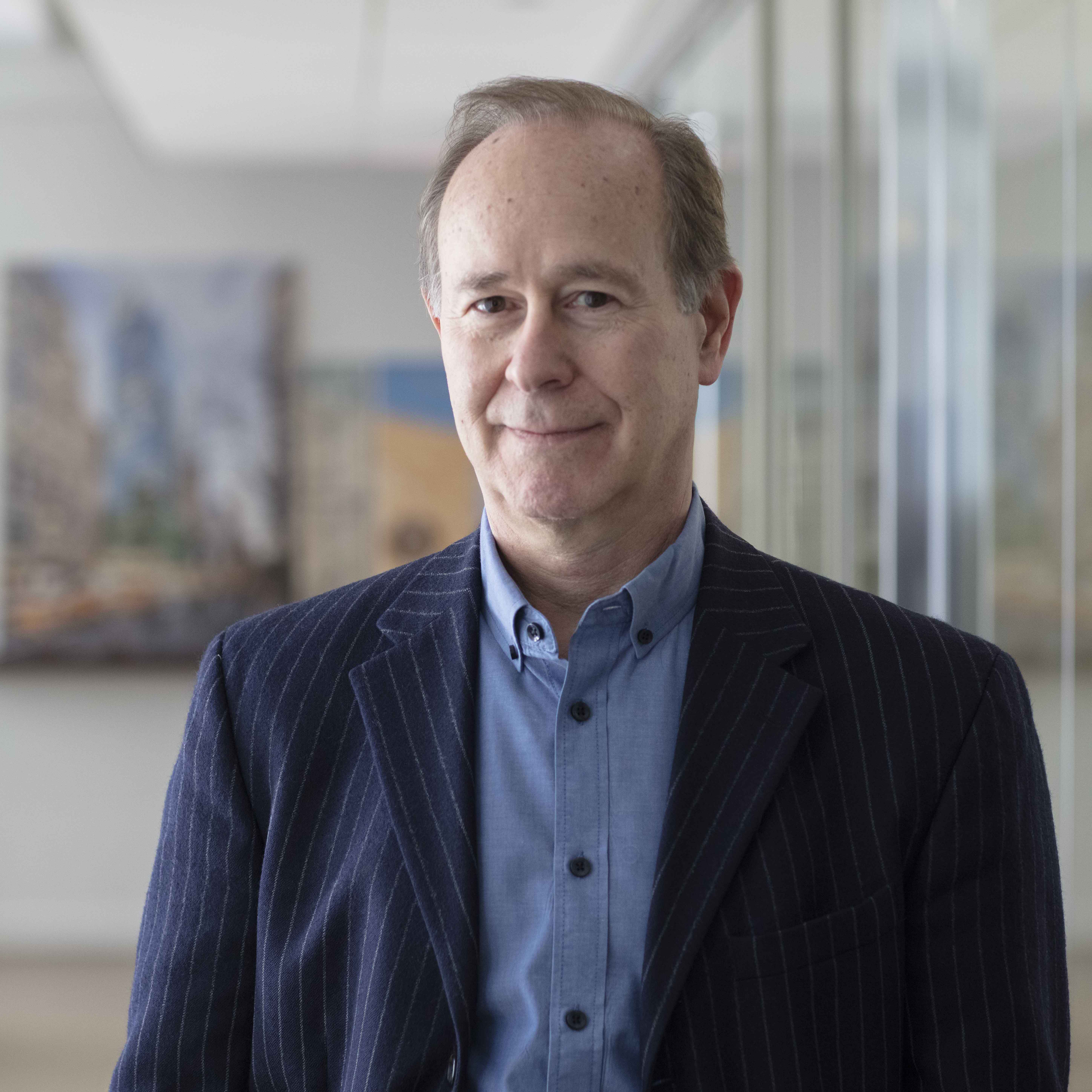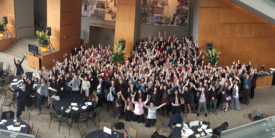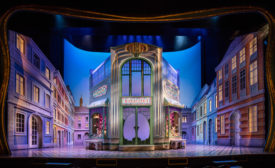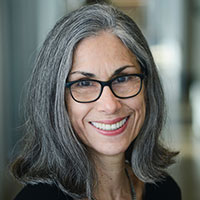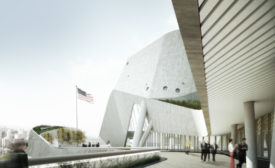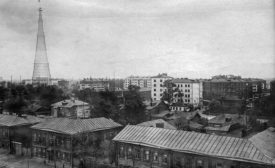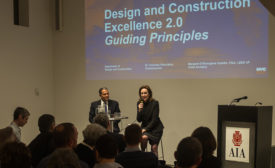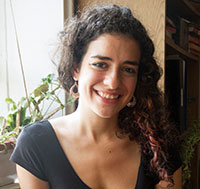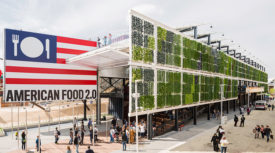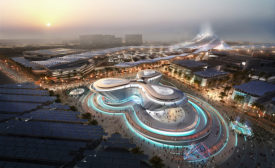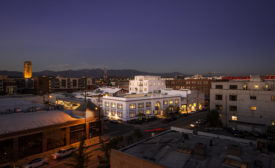News
Designing Diplomacy: Top Firms Selected for New U.S. Embassies
“I believe in the power of architecture,” says director of Overseas Buildings Operations.
Read More
Groups Petition Putin to Save Shukhov Tower
World Monuments Fund will host a two-day celebration in Moscow this weekend to raise awareness of Constructivist icon.
Read More
DDC Releases New Handbook of Municipal Design Principles
A new initiative from New York City’s primary design and construction agency aims to inspire rather than instruct.
Read More
Three Firms Commissioned to Design Dubai Expo Pavilions
The designs center on three themes: mobility, sustainability, and opportunity.
Read More
Gigantic Hauser Wirth & Schimmel Gallery Opens in Former Los Angeles Warehouse
The art gallery, designed by Creative Space and Selldorf Architects, reveals a broader shift in Downtown L.A.’s urban fabric.
Read More
Copyright ©2024. All Rights Reserved BNP Media.
Design, CMS, Hosting & Web Development :: ePublishing
